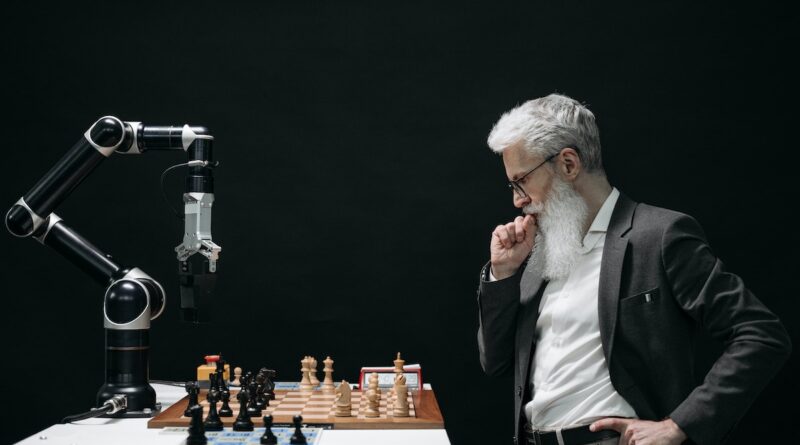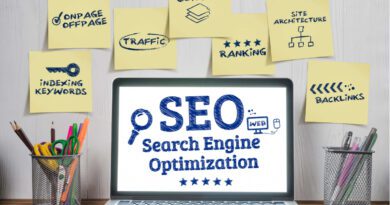Will AI Replace Jobs? : Adapting to a Transforming Workforce

Emergence of AI
The emergence of Artificial Intelligence (AI) has sparked both excitement and concerns about its impact on jobs across various sectors. While AI certainly has the potential to automate certain tasks, it is important to understand the changing nature of work and how humans can adapt to this evolving landscape. In this blog, we will explore sectors and jobs that might be affected by AI and discuss strategies for individuals to adapt. Additionally, we will highlight notable AI tools such as ChatGPT, Google BARD, Synesthesia, and MURF that are reshaping industries.
Sectors and Jobs Under Threat:
Manufacturing and Automation:
AI advancements in robotics and machine learning have the potential to automate repetitive assembly line tasks, which may reduce the need for human intervention in certain manufacturing roles.
Customer Service:
AI-powered chatbots and virtual assistants have the potential to handle customer inquiries and provide support, potentially reducing the need for human customer service representatives. However, human interaction and empathy remain crucial in many customer service scenarios, suggesting that roles will likely evolve rather than disappear completely.
Transportation and Logistics:
The rise of self-driving vehicles and AI-powered logistics systems presents a potential threat to jobs in the transportation and logistics industry. Long-haul truck driving and delivery services could see a shift towards autonomous vehicles, although human oversight and support roles will still be necessary.
Data Entry and Administrative Tasks:
AI algorithms can process and analyze large amounts of data, potentially automating data entry and administrative tasks. This could impact roles involving manual data entry, data verification, and paperwork processing. However, new opportunities will emerge in data analysis, interpretation, and decision-making based on the insights generated by AI tools.
Adapting to the Changing Workforce:
Embrace Lifelong Learning:
In the face of AI-driven transformations, individuals must adopt a mindset of lifelong learning. Upskilling and reskilling are essential to adapt to the evolving job market. By acquiring new skills such as data analysis, programming, and problem-solving, individuals can stay relevant and take advantage of emerging opportunities.
Develop Interpersonal and Creative Skills:
While AI can automate certain tasks, human skills such as interpersonal communication, critical thinking, creativity, and emotional intelligence remain invaluable. Focusing on developing these skills can help individuals carve out niches where human expertise is still irreplaceable.
Transition to AI-Augmented Roles:
Rather than perceiving AI as a threat, it is important to view it as a tool that augments human capabilities. Embracing AI tools and technologies can enhance productivity and efficiency in various roles. For example, customer service representatives can leverage AI chatbots to handle routine queries, freeing them up to focus on complex issues that require human intervention.
Notable AI Tools:
ChatGPT:
ChatGPT, based on OpenAI’s GPT-3 architecture, enables natural language conversations with AI. It finds applications in customer support, content generation, and language translation, providing AI-powered assistance and augmenting human capabilities.
Google BARD:
Google’s BARD (Behavior-Adaptive Rewarding of Dialogues) focuses on developing conversational AI agents. Its aim is to improve the naturalness and usefulness of AI dialogue systems, enabling more engaging interactions in customer service, virtual assistants, and educational platforms.
Synesthesia:
Synesthesia is an AI tool specializing in video synthesis. It can manipulate and edit video content, enabling applications in video production, special effects, and virtual reality experiences.
MURF:
MURF (Multi-Task Unified Model) is an AI model developed by Microsoft Research. It is designed to tackle multiple tasks simultaneously, such as language translation, question-answering, and document summarization. MURF exemplifies the potential of AI to handle complex tasks, but it also emphasizes the need for human oversight and contextual understanding.
Conclusion:
The question of whether AI will replace jobs is a complex one. While certain roles may be automated, the changing nature of work presents new opportunities for individuals to adapt and thrive in a transforming workforce. By embracing lifelong learning, developing interpersonal and creative skills, and transitioning to AI-augmented roles, individuals can remain valuable contributors in an AI-powered world. AI tools such as ChatGPT, Google BARD, Synesthesia, and MURF showcase the capabilities of AI and the potential for collaboration between humans and machines. As we navigate the future, striking a balance between AI and human expertise will be crucial to drive innovation, productivity, and societal progress.




